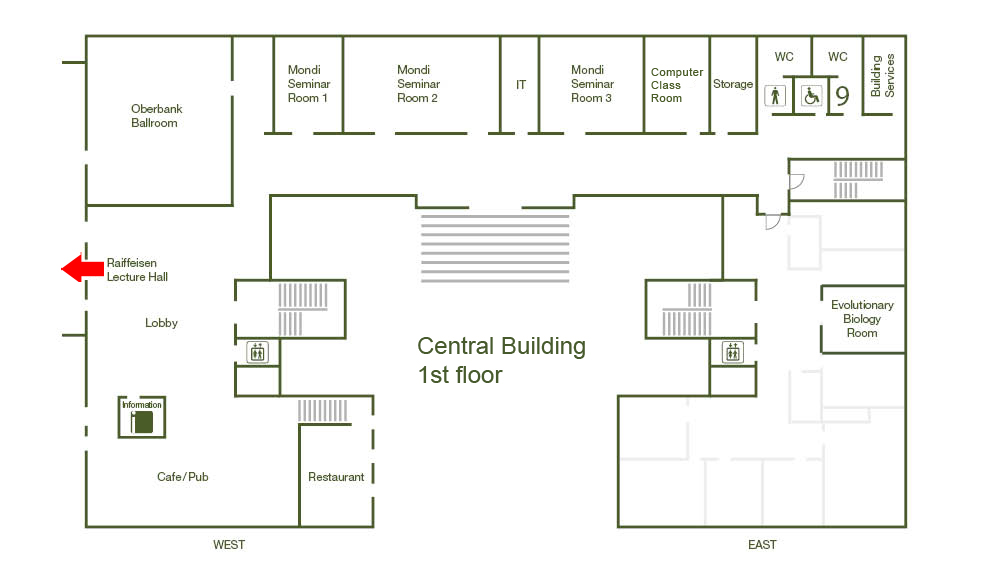Patterning of the vertebrate skin through mechanical and Turing instabilities

Using our recent research results in non-model species of mammals and reptiles, I will discuss the possibility that some specific aspects of skin morphology in vertebrates are emerging from geometric, reaction-diffusion (Turing), and mechanical instabilities. I will illustrate these concepts with three examples. First, I will show that skin thickness variation (generated by 3D morphogenesis) of skin scales in ocellated lizards causes the underlying reaction–diffusion dynamics to separate into microscopic and mesoscopic spatial scales, the latter generating a cellular automaton that computes a colour pattern. Second, and third, I will compare the cases of crocodilian and African elephant skins, with the former developing head scales through a selforganisational process possibly analogous to material cracking, whereas the latter exhibits an intricate network of true cracks generated by bending stress in the stratum corneum.